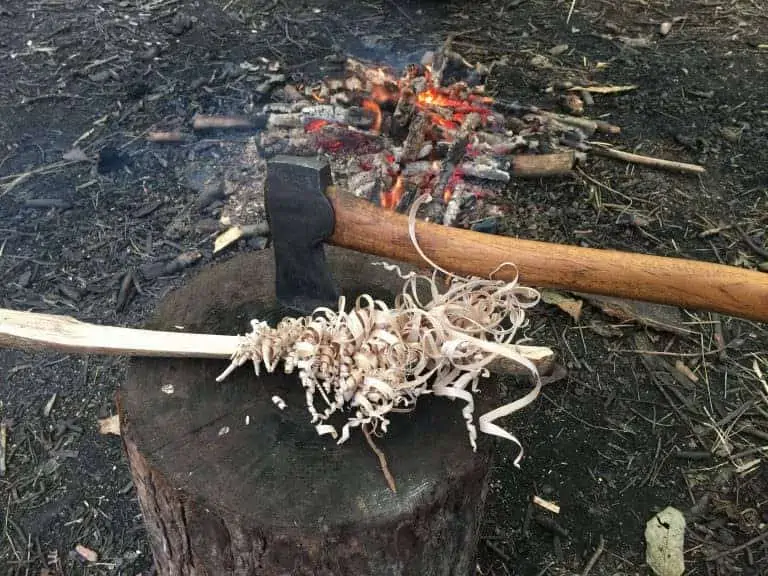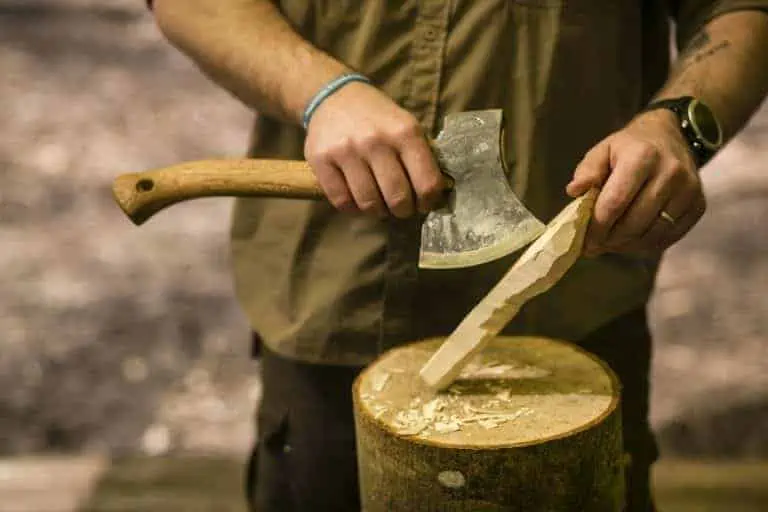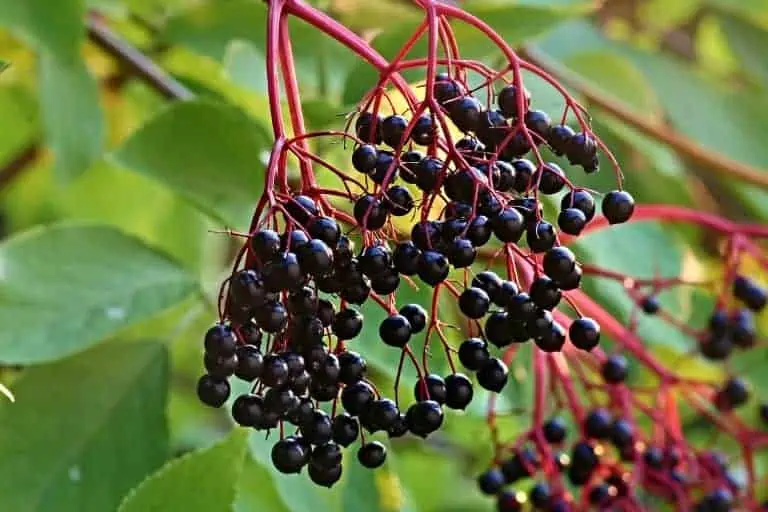Looking after your axe
It isn’t just enough to have the right tools for bushcraft, looking after them is extremely important too. At times an axe can be more valuable than a knife, so it’s worth caring for it correctly.
You can easily protect your axe by oiling it after each use and making sure that you never put it away when it is wet.
Here are our simple tips for caring for your axe.
Avoid getting it wet
Some good quality axes have heads made of non-stainless steel. If the head gets wet and is allowed to stay damp for a while, it can quite easily rust and shorten the life of the axe. So it is best to avoid using soap and water to clean the axe, especially as this can also remove much of the oils and wax that you will be using to protect it.
The axe head
Sometimes bits of residue from chopped wood will be left on the bit of the axe and can be tricky to remove. So to clean it, all you need to do is take a knife and scrape off the debris.
Cleaning the head can be done with a good coat of Vaseline rubbed in then wiped off. This helps to remove the dirt without damaging the axe.
You can protect the axe head by using oil. Any oil will do. Gun oils are good for creating a dry finish on the axe head. Apply a thin layer of oil all over the metal of the axe head and then remove any excess with a cloth. Allow the oil to dry off as much as possible.
The axe handle
Most traditional-style axes are made of wood. To preserve and maintain the finish of the handle, you can apply a coat of boiled linseed oil now and again. Before using the oil, make sure the handle is clean, then apply boiled linseed oil to the handle with a rag or a small paint brush. Make sure you coat the top and bottom of the handle as this is often where water can get in.
Once the handle has been completely coated in the oil, take a cloth and remove the excess and leave the handle to dry. This process will provide a layer of protection to the axe. As you continue to add layers, you will build up a good, resilient layer of finish on the handle. The handle will eventually darken over time, but that isn’t a problem and won’t affect the axe’s use. To remove the dark colouring you can give it a light sanding, but make sure you oil and wax the handle afterwards.
Like with the head, you need to keep the handle away from moisture. If the handle is allowed to be wet then it will start to rot. But you also must make sure that the handle doesn’t dry out either, as this will cause the handle to shrink and could cause the head to become loose.
Storage
Your axe should be stored in a cool, dry place. Between 5 and 20 °C or 40-70 °F) is ideal. Not storing your axe properly or allowing your axe to get repeatedly wet, can cause the handle to loosen and result in the axe becoming unsafe.
If you take the time to properly look after your axe, then it will continue to stay in great condition and you will be able to enjoy many years’ worth of use from it.
To really get to grips with using your bushcraft axe, join our bushcraft axe skills and charcoal making weekend course, ideal for anyone who wants to become skilled with using an axe.







